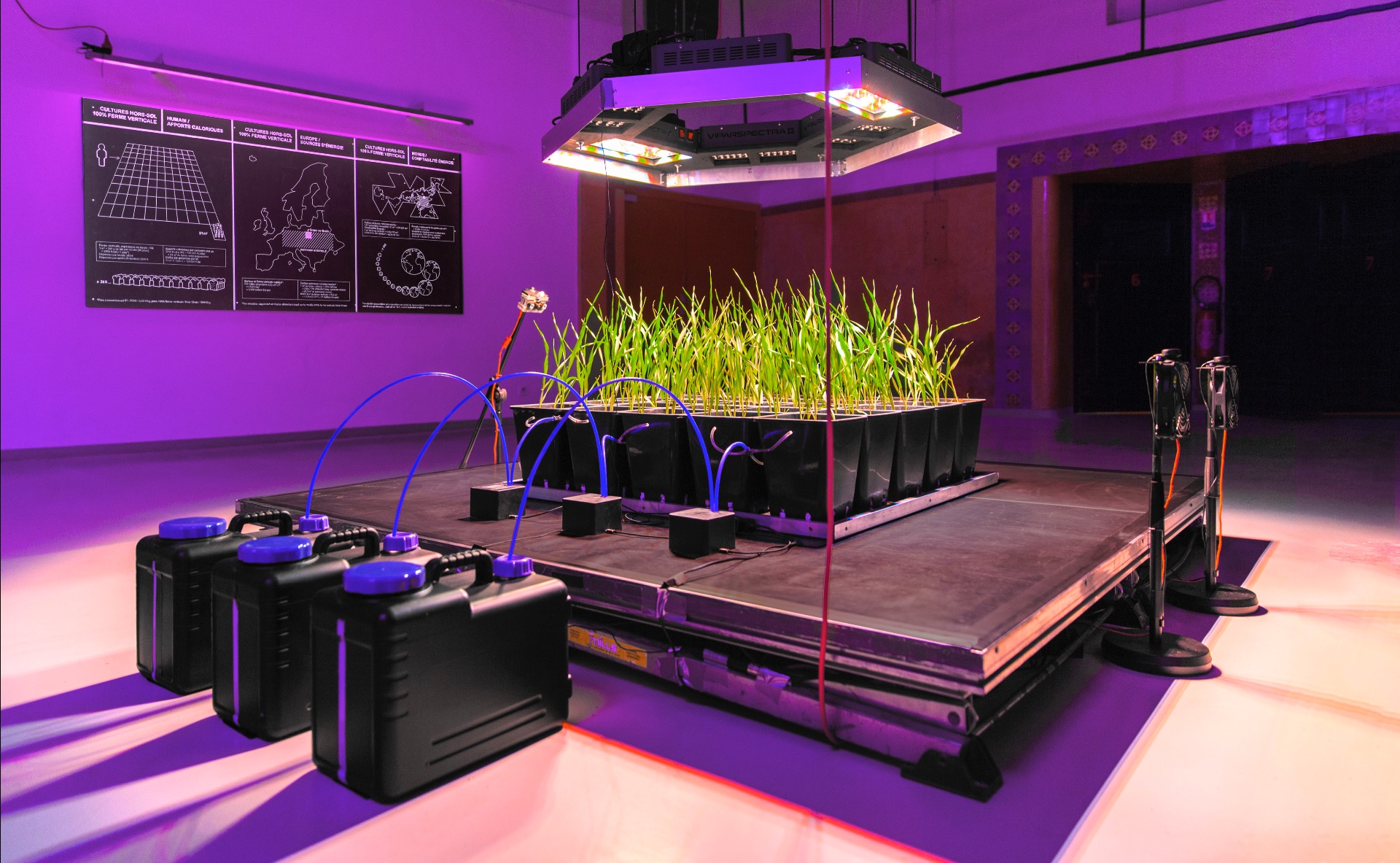Tyler Ludens wrote:Personally I would like to see someone actually MAKE a functioning Vertical Farm, instead of just talking about them for decades. 
A group in Brussels has completed an experiment — "the Farm" — to determine the viability of vertical farms.
Summary: It costs €345 to grow enough wheat for a loaf of bread. Simple extrapolation would suggest an annual grocery bill of over €125,000. Per person.

Webite:
https://disnovation.org/farm.php
Article:
https://www.lowtechmagazine.com/2021/02/vertical-farming-ecosystem-services.html
Excerpts:
The vertical farms that have been commercially active for several years all focus on the same crops. These are agricultural products with a high water content, such as lettuce, tomatoes, cucumbers, peppers, and herbs. However, these are not crops that can feed a city. They contain hardly any carbohydrates, proteins, or fats. To feed a city, it takes grains, legumes, root crops, and oil crops.
in Brussels - The Farm - explores what it would take to grow wheat in a vertical farm.
The experiment shows that growing 1m² of wheat in an artificial environment costs 2,577 kilowatt-hours of electricity and 394 liters of water per year.
The “farm” produces four harvests per year. With every harvest, enough wheat is grown to make one loaf of bread (580 grams), which has a cost of at least 345 euros. Each loaf contains 2,000 kilocalories, the amount that an average person needs per day. As a result, 91m² of artificially produced wheat is necessary for each person, with a total cost of 125,680 euros per year.
So, whilst vertical farms are visually appealing, and are a pretty interesting way to re-use abandoned multi-storey structures, the mere power and water costs involved in growing staples in such structures are — no other way to say it —
absolutely absurd. No-one I know would be willing (or able) to pay €345 for a loaf of bread. Even if one nitpicks the experiment, waves some sort of magic wand, and manages to make it 10x as efficient, then you'd still be paying €34 for a loaf of bread. There's no practical difference between the experiment (as conducted) and an operation that is 1000% as efficient — neither are economically viable.
tl;dr: Vertical Farms cannot feed cities because: Math.
</DataPoint>





